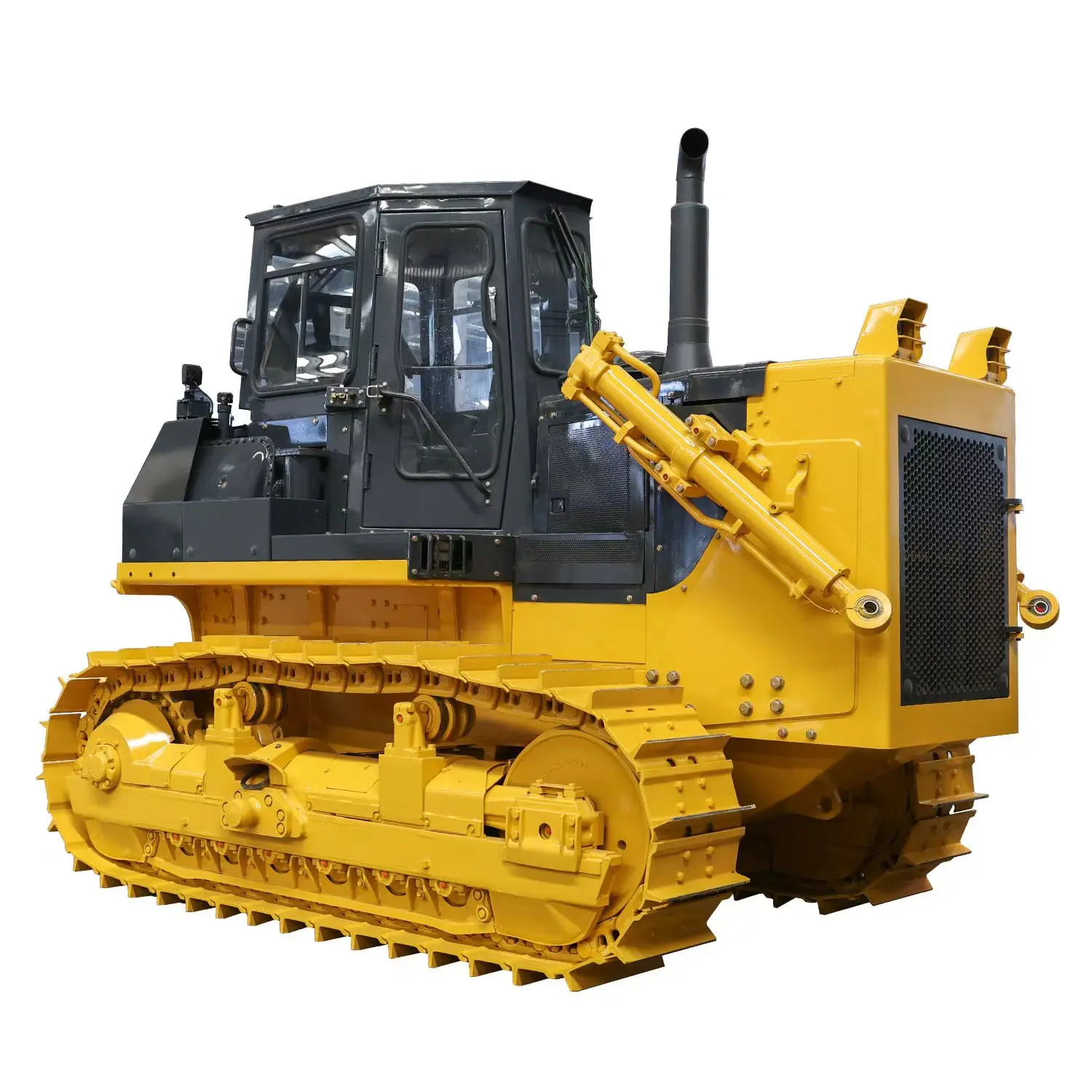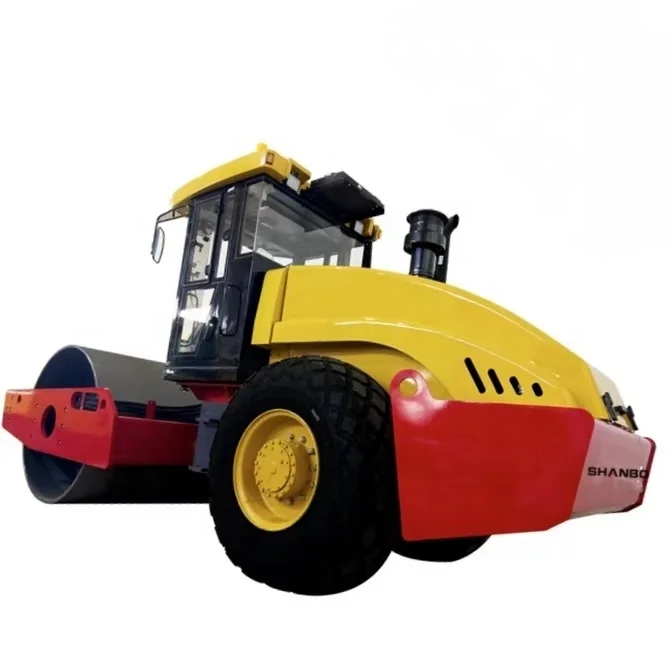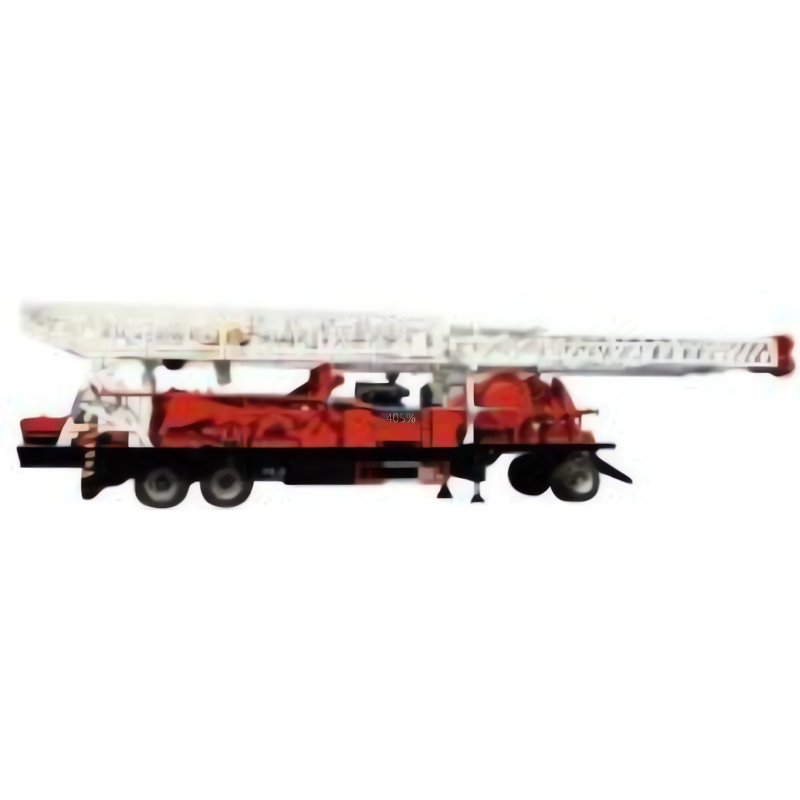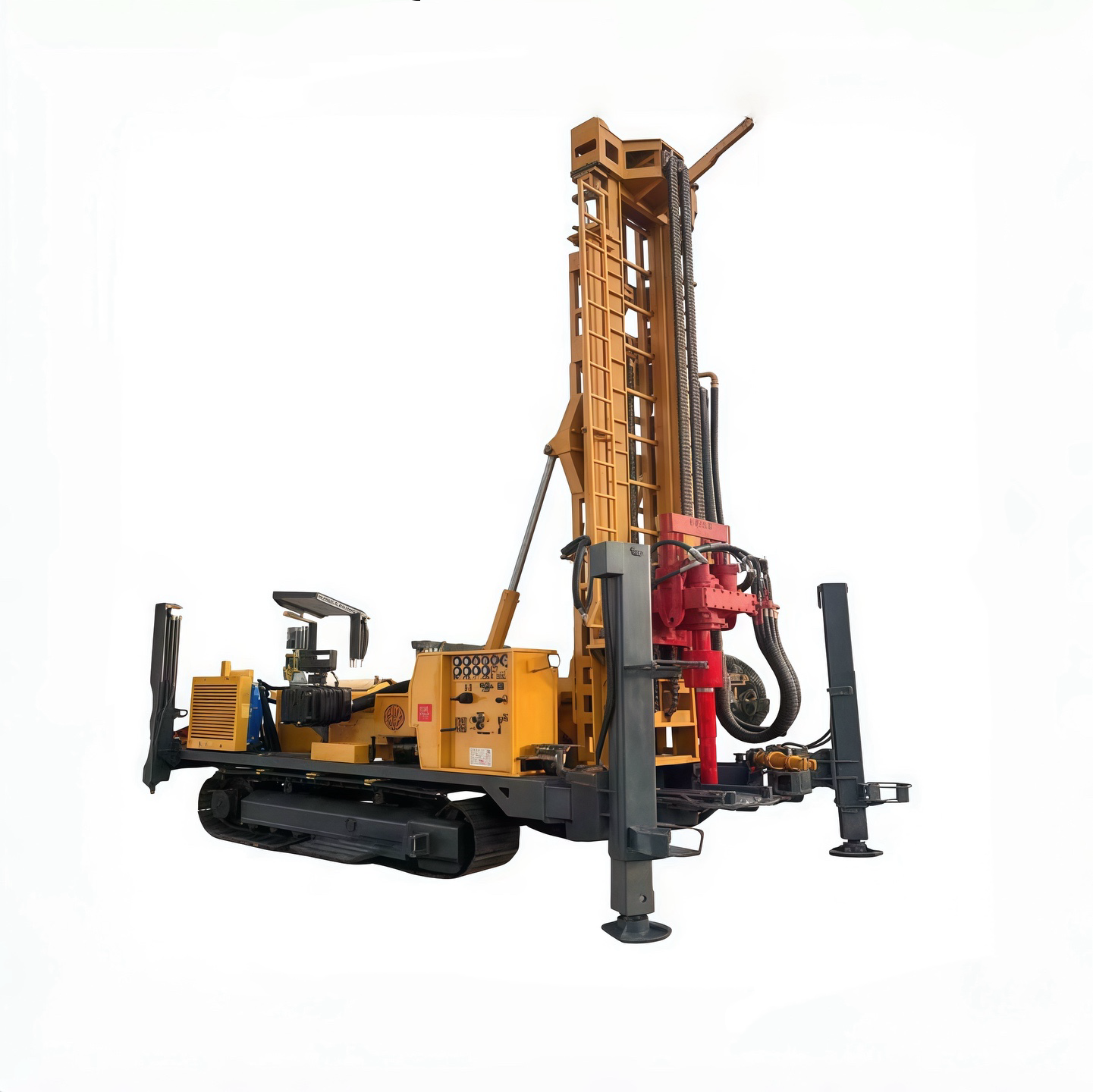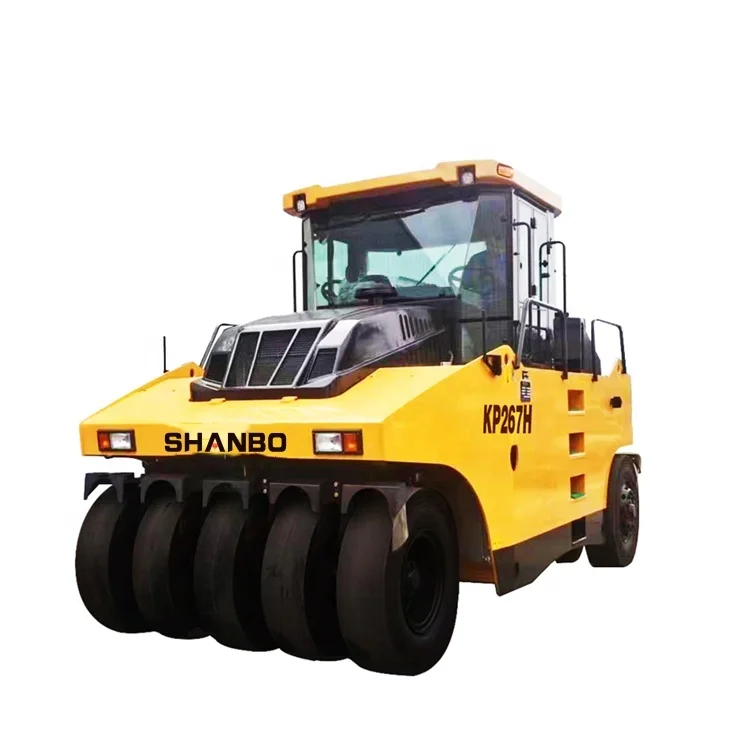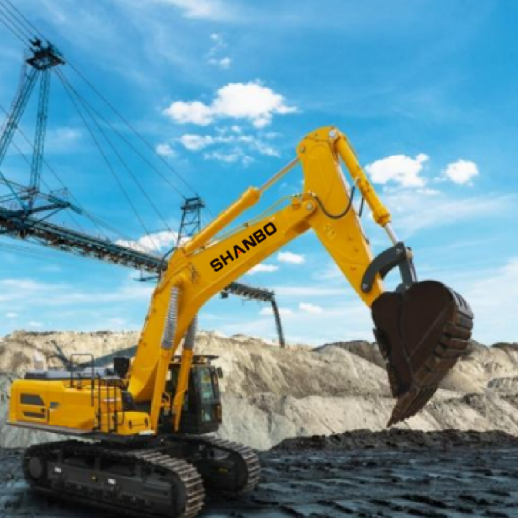Small Excavator Maintenance Tips for Maximum Longevity
Small excavators are indispensable tools for construction, landscaping, and other industries requiring precise digging and material handling. These compact machines offer versatility and efficiency, but their longevity depends heavily on proper maintenance.
Regular care not only extends the lifespan of a small excavator but also ensures optimal performance, reduces downtime, and prevents costly repairs. This article outlines essential maintenance tips to keep your small excavator in top condition for years to come.
Understanding the Importance of Regular Maintenance
Maintaining a small excavator is akin to caring for a high-performance vehicle. Neglecting routine checks and servicing can lead to premature wear, reduced efficiency, and unexpected breakdowns. A well-maintained machine operates smoothly, consumes less fuel, and performs reliably under demanding conditions. By implementing a consistent maintenance schedule, operators can maximize the machine’s lifespan and protect their investment.
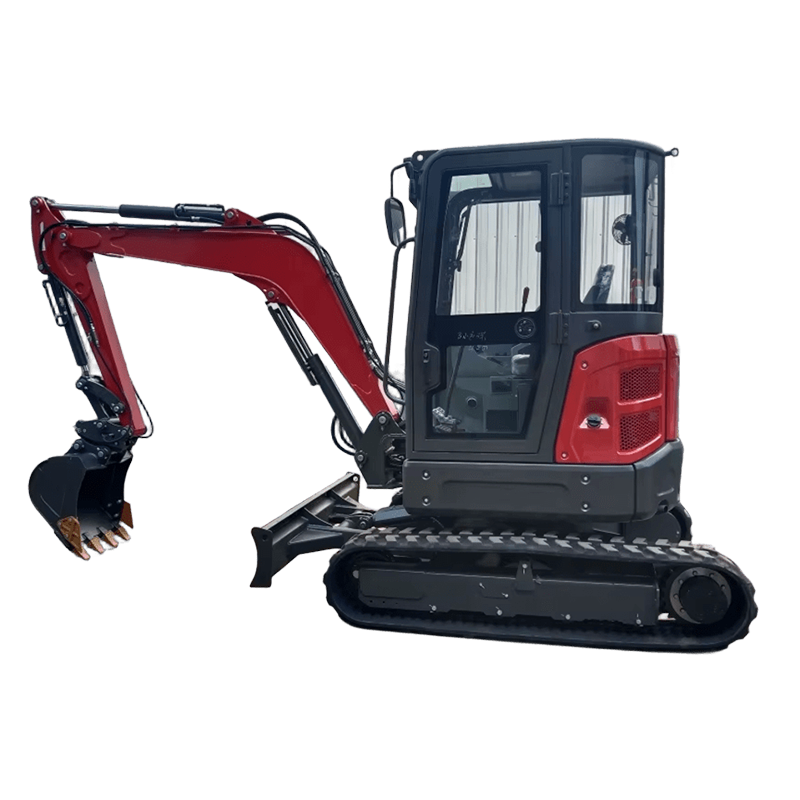
Daily Inspections: The Foundation of Longevity
Visual Inspections Before Operation: Before starting the excavator each day, conduct a thorough visual inspection. Check for visible signs of wear, leaks, or damage on the machine’s exterior, including the undercarriage, boom, arm, and bucket. Look for loose bolts, cracked welds, or worn pins and bushings. Inspect hoses and hydraulic fittings for leaks or abrasions, as hydraulic fluid loss can lead to serious operational issues. Addressing minor issues early prevents them from escalating into major repairs.
Check Fluid Levels: Fluids are the lifeblood of a small excavator. Regularly check the levels of hydraulic fluid, engine oil, coolant, and fuel. Low fluid levels can cause overheating, increased wear, or system failures. Use the manufacturer-recommended fluids and ensure they are clean and free of contaminants. Top off fluids as needed, and replace them according to the maintenance schedule to maintain optimal performance.
Inspect the Undercarriage: The undercarriage, including tracks, rollers, and sprockets, endures significant stress during operation. Inspect the tracks for proper tension—too tight, and they wear prematurely; too loose, and they may slip off. Check for debris, rocks, or mud buildup, as these can accelerate wear on rollers and sprockets. Clean the undercarriage regularly to prevent damage and ensure smooth operation.
Scheduled Maintenance: Key to Long-Term Performance
Follow the Maintenance Schedule: Every small excavator comes with a manufacturer-recommended maintenance schedule, typically outlined in the operator’s manual. This schedule includes intervals for oil changes, filter replacements, and other critical tasks. Adhering to these intervals ensures that components like the engine, hydraulic system, and transmission remain in good condition. Set reminders for maintenance tasks to avoid overlooking them during busy work periods.
Change Filters Regularly: Filters play a vital role in keeping contaminants out of the engine, hydraulic system, and fuel lines. Replace air, fuel, and hydraulic filters at the recommended intervals or sooner if operating in dusty or harsh environments. Clogged filters can restrict airflow or fluid flow, leading to reduced performance and potential damage to critical components.
Grease Moving Parts: Proper lubrication reduces friction and wear on moving parts like the boom, arm, bucket, and slew ring. Grease these components daily or as specified in the manual, using the recommended type of grease. Over-greasing can attract dirt and cause damage, so apply the correct amount and wipe away excess grease to keep the machine clean.
Engine Care: Keeping the Heart of the Machine Healthy
Monitor Engine Performance: The engine is the heart of the excavator, and its health directly impacts the machine’s reliability. Listen for unusual noises, such as knocking or grinding, which could indicate internal issues. Monitor exhaust smoke—black smoke may suggest fuel system problems, while white smoke could indicate coolant leaks. Address any irregularities promptly to prevent engine damage.
Maintain the Cooling System: Overheating can cause significant engine damage. Regularly check the radiator and clean it of debris, such as dirt or leaves, that may obstruct airflow. Ensure the coolant is at the proper level and replace it according to the maintenance schedule. In cold climates, use antifreeze to prevent freezing and corrosion in the cooling system.
Hydraulic System Maintenance: Ensuring Smooth Operation
Inspect Hydraulic Components: The hydraulic system powers the excavator’s movements, making its maintenance critical. Regularly inspect hydraulic cylinders, hoses, and fittings for leaks, cracks, or wear. Small leaks can escalate quickly, leading to fluid loss and reduced performance. Replace damaged components immediately and keep the hydraulic reservoir clean to prevent contamination.
Monitor Hydraulic Fluid Quality: Contaminated hydraulic fluid can damage pumps, valves, and cylinders. Use a high-quality hydraulic fluid recommended by the manufacturer and replace it at the specified intervals. If the fluid appears cloudy or contains debris, have it tested and replaced promptly to avoid system damage.
Track and Undercarriage Care: Supporting the Machine’s Foundation
Rotate and Replace Tracks: Tracks endure significant wear, especially in rocky or abrasive environments. Rotate rubber tracks periodically to distribute wear evenly and extend their lifespan. For steel tracks, inspect for bent or damaged links and replace them as needed. Properly maintained tracks improve traction and reduce stress on the undercarriage.
Minimize Undercarriage Stress: Operating techniques can significantly impact undercarriage longevity. Avoid spinning tracks or making sharp turns on hard surfaces, as these actions accelerate wear. When possible, operate on softer ground or use mats to reduce stress on the undercarriage. Clean tracks after each use to remove abrasive materials that can cause premature wear.
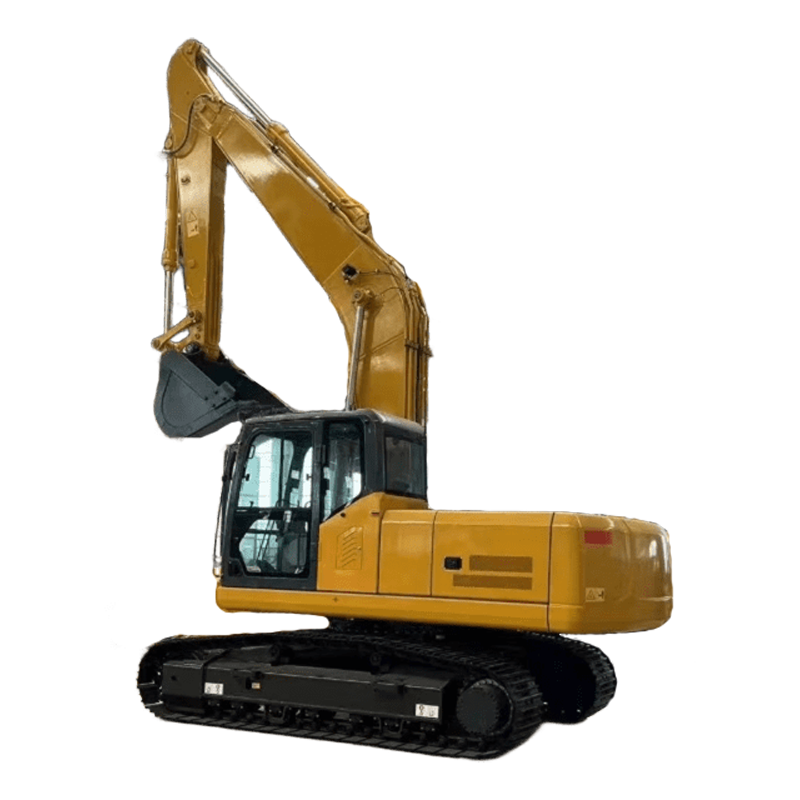
Operator Practices: Enhancing Machine Longevity
Train Operators Properly: Skilled operators contribute to a machine’s longevity by using it correctly. Ensure all operators are trained in proper excavator operation, including smooth control movements and avoiding overloading the machine. Improper operation, such as aggressive digging or lifting beyond capacity, can strain components and lead to premature failure.
Avoid Overworking the Machine: Small excavators are designed for specific tasks and load capacities. Avoid using the machine for tasks beyond its capabilities, such as lifting heavy loads or digging in overly hard ground. Overworking the machine stresses the engine, hydraulic system, and undercarriage, leading to accelerated wear and potential breakdowns.
Seasonal and Storage Considerations
Prepare for Seasonal Changes: Environmental conditions affect excavator maintenance needs. In winter, ensure the machine is equipped with appropriate fluids, such as low-temperature hydraulic fluid and antifreeze. In hot climates, monitor for overheating and keep the cooling system clean. Adjust maintenance practices based on the operating environment to protect the machine year-round.
Proper Storage Practices: When not in use, store the excavator in a dry, covered area to protect it from weather elements. Lower the boom and bucket to the ground to relieve hydraulic pressure. Disconnect the battery to prevent drainage, and apply a rust inhibitor to exposed metal surfaces. Regular startups during long-term storage can prevent seals from drying out and keep fluids circulating.
Troubleshooting and Record-Keeping
Address Issues Promptly: If the excavator exhibits unusual behavior, such as sluggish movements or strange noises, troubleshoot the issue immediately. Refer to the operator’s manual for guidance or consult a professional technician. Delaying repairs can turn minor issues into costly problems.
Maintain a Maintenance Log: Keep a detailed record of all maintenance tasks, including dates, parts replaced, and issues observed. A maintenance log helps track the machine’s condition, identify recurring problems, and ensure compliance with the recommended service schedule. It also provides valuable documentation for resale or warranty purposes.
Conclusion
Proper maintenance is the key to maximizing the longevity of a small excavator. By performing daily inspections, adhering to scheduled maintenance, and adopting good operating practices, you can keep your machine running smoothly and efficiently for years.
Regular care not only extends the excavator’s lifespan but also enhances safety, reduces operating costs, and ensures reliable performance on every job. Invest time in maintaining your small excavator, and it will reward you with dependable service and long-term value.
Recommended Products
 Hot News
Hot News
-
“Water Savior” 200 m Reverse Circulation Water Well Drills Arrive in Uzbekistan
2025-03-28
-
What Is a Bulldozer? Everything You Need to Know
2025-02-18
-
Skid Steer vs Bulldozer: Cost, Efficiency, and Versatility Compared
2025-11-13
-
Inside the Bulldozer Factory: How Modern Dozers Are Built from the Ground Up
2025-11-12
-
How to Operate a Spider Excavator Safely and Efficiently
2025-11-11
-
What Is an Excavator? A Beginner’s Guide to This Essential Construction Machine
2025-11-10
